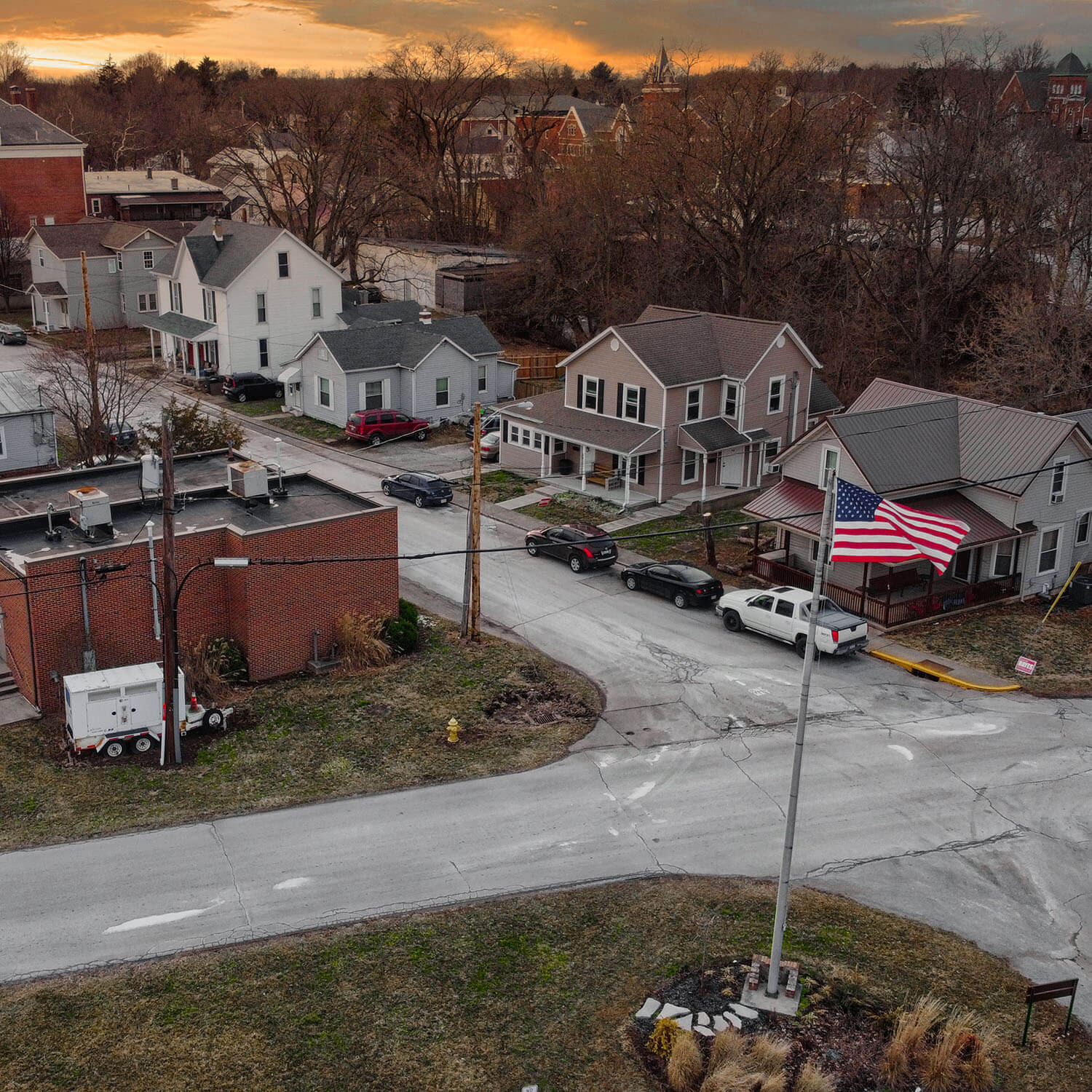By Noah Yosif
Paycheck Protection Program lending data continue to demonstrate that community banks are justifiably recognized as leaders of the financial response to the COVID-19 pandemic.
Community banks made 60 percent of all PPP loans—including 72 percent of PPP loans to minority businesses. We recently explored how their quick reaction to the pandemic was crucial to avoiding further economic fallout and how they outperformed the rest of the financial services industry in meeting the needs of small businesses.
The following data show that community banks were also instrumental to the industries and communities most in need of emergency assistance.
Prioritizing at-risk workers and industries
Community banks provided most of their PPP loan originations to industries with low average hourly earnings and, by extension, low-income workers that faced disproportionate economic risks during the coronavirus pandemic.
As shown in Figure 1, community banks accounted for 67 percent of PPP loans to industries with average hourly earnings of $10 to $20 per hour. They also accounted for over 50 percent of all PPP loans to industries with average hourly earnings between $20 and $50 per hour.
On the other hand, community banks accounted for less than one-third of all PPP loans to high-income industries with average hourly earnings above $50 per hour.
In other words, during a pandemic and recession, community banks focused their efforts on those most vulnerable to the economic devastation.
Figure 1: PPP Loan Originations to Industries by Average Hourly Earnings (source: Bureau of Labor Statistics, Small Business Administration)
Serving underserved communities
Community banks also provided the majority of PPP loans to small businesses within demographically and socioeconomically underserved communities.
As shown within Figure 4, community banks made over 75 percent of PPP loans to majority-minority communities.
They also provided:
- More than 90 percent of PPP loans to communities with an average household income of less than $40,000 per year.
- More than 75 percent of PPP loans to communities with a poverty rate of at least 20 percent and long-term unemployment above 10 percent.
Figure 2: PPP Loan Originations to Small Businesses in Demographically and Socioeconomically Underserved Communities (sources: Census Bureau, Bureau of Labor Statistics, United States Department of Agriculture, Johns Hopkins University)
Community banks were also the predominant lenders within rural and suburban communities—accounting for 85 percent and 72 percent of all PPP loans, respectively—while accounting for 51 percent of PPP loans in urban communities.
Furthermore, community banks provided 55 percent of PPP loans within communities most severely afflicted by the pandemic—defined as being at least 50 percent above the national monthly average of coronavirus cases—and, therefore, at a greater risk of reduced economic activity.
Clearly, community bank PPP leadership has extended to the industries and communities most in need of support during the COVID-19 pandemic. This is yet another reason why the community banking business model is integral to the health and well-being of customers and communities nationwide.
Noah Yosif is ICBA assistant vice president of policy research and economist.

